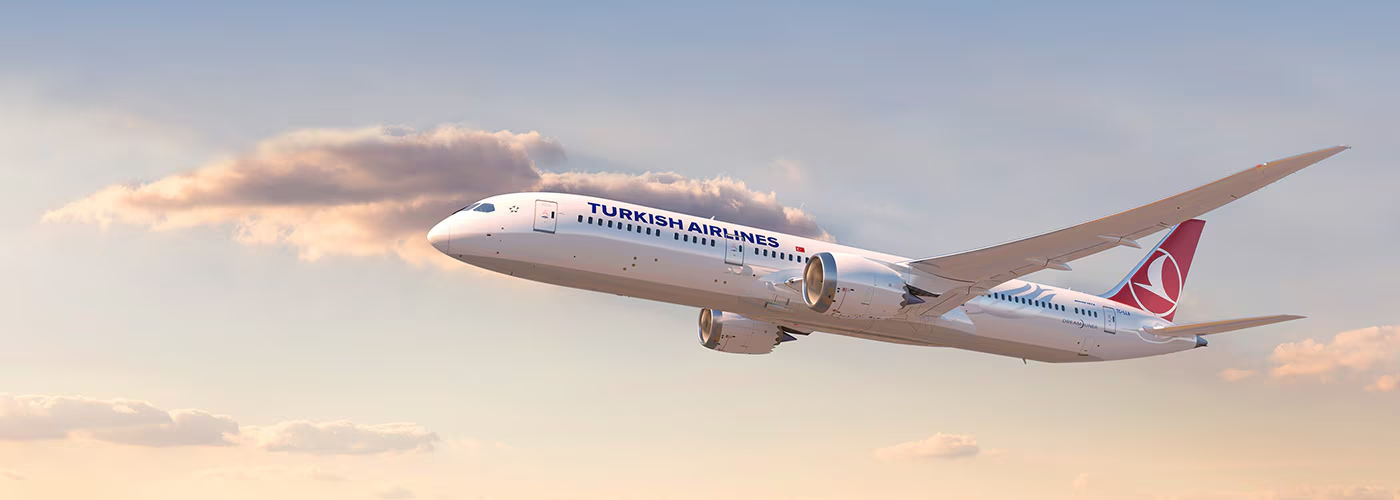The Four Forces: Soaring to New Heights
Have you ever marveled at the sight of a colossal jetliner effortlessly gliding through the sky? Have you ever asked yourself how this bird is soaring through the sky, its wings cutting through the air, not caring about gravity? The magic that allows the bird to fly is almost the same as that which allows the plane to cross the air from country to country.
Well, this is not really magic. This is the interplay of four fundamental forces: lift, weight, thrust, and drag (The Four Forces of Flight). The delicate balance of these forces, governed by the laws of aerodynamics, allows any aircraft to traverse vast distances. In this article, we will unravel the secrets of these forces. Whether you’re an aspiring aviator or simply a curious mind, join us as we soar through the skies of knowledge.

The Four Forces of Flight
Lift, weight, thrust, and drag are the four concepts that rule the game of flight. These forces are collaborators that work in harmony to propel aircraft through the sky. Generally, we find lift opposing weight and thrust opposing drag, but this is not always the case. Sometimes we find them complementing each other. The topic is very broad and not ruled by a simple case. Let us delve in these concepts to understand them better.

Lift
The lift force is simply explained by Bernoulli’s principle of flight. Bernoulli’s principle says that as air encounters a wing, it divides into two streams. One stream flows along the wing’s curved upper surface, while the other passes beneath its flat lower surface. The air flowing over the wing’s curved upper surface accelerates, resulting in lower pressure, while the air beneath the flat lower surface decelerates, resulting in higher pressure. This pressure difference is what generates lift, pushing the wing and the airplane upwards.
It is important to say that the lift force is not always pointing upwards. It is actually pointing 90 degrees to the relative airflow. Relative airflow is the direction of the air moving past an object, such as an airplane wing. This means that if the plane is moving straight up, the lift force will point towards the horizon. It is important to understand that this force may sometimes act oppositely to the weight, and other times it may act complementarily to it.
Weight
Weight is the force of gravity that pulls the airplane toward the Earth. The weight of the plane is determined by its mass and the acceleration of gravity. The more an aircraft carries, the heavier it becomes. The weight of an aircraft is concentrated at a single point called the center of gravity. It is the point on which all weight forces act. This point determines the aircraft’s balance and influences its turning movements. The lift force must be greater than the weight for a plane to fly.
Drag
Drag is the force that opposes an aircraft’s forward motion. It arises from many factors, such as the aircraft’s shape and surface, which is known as parasite drag. The energy expended to generate lift is known as induced drag. Understanding the factors that affect this force helps to design planes in appropriate ways to reduce the drag force effect.
Thrust
Thrust, the driving force behind flight, propels an aircraft forward, overcoming air resistance (drag force). This force is generated by engines, such as jet engines, turboprops, turbojets, or propellers, which provide the necessary power to keep the aircraft moving through the air.
Mastering the Forces of Flight
The magic of flight lies in the delicate balance of these four fundamental forces. When these forces are in equilibrium, an aircraft maintains a steady, level flight. Lift counteracts weight, while thrust opposes drag. This harmonious interplay ensures that the aircraft neither ascends nor descends, nor accelerates nor decelerates, allowing for a smooth and controlled journey through the skies.
We have explored the fundamental forces that govern flight, but the science of aviation is far more intricate. Numerous other factors, such as weather conditions, aircraft design, and pilot skill, influence the success of a flight. We encourage you to share your insights with us in the comments section.
Roaa Khaled Ahmad. A 21 years old Nanotechnology and Nanoelectronics engineering student studying at zewail city of science and technology. She participated in many activities throughout her years in university including technical activities and artistic ones. She is obsessed with aviation and space and hope to specialize in this field in the future.
You might also like:
- How to Find the Cheapest Airfares
- Preliminary Report on Jeju Air Crash Points to Bird Strike as Likely Cause
- Seven-Week Strike Ends as Boeing Workers Accept New Pay Deal
- Jewar Airport: The largest airport in India
- Tips to learn how to fly on budget
Discover more from Aviation for Aviators
Subscribe to get the latest posts sent to your email.














Leave a Reply